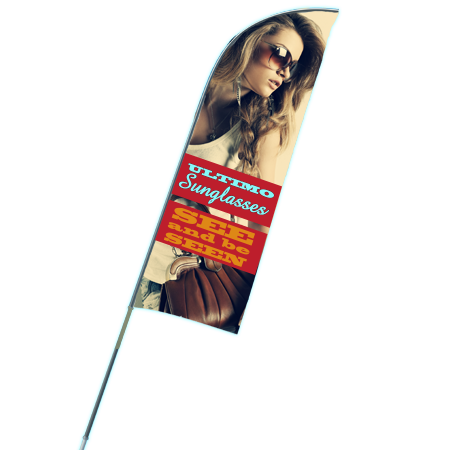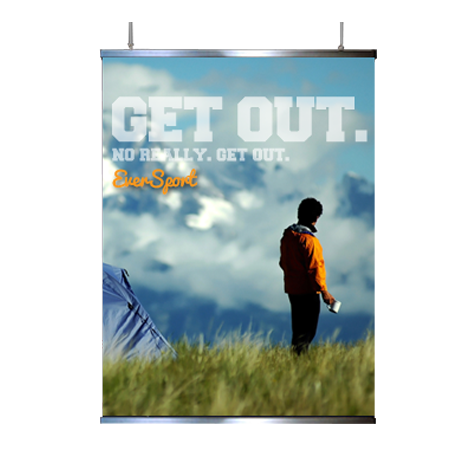Artwork & File FAQ
We recommend saving as a .PDF. You may also send the file in the following types: jpg, tif, and eps.
We prefer that you send .PDF with embedded or outlined fonts. .PDF's are easier to handle and will likely speed up your turn-around. Remember to add crop marks to show cut before uploading your files.
2. What color mode should my files be? CMYK
3. What resolution should my file be? 300dpi. Anything less will not look as sharp.
Bleed must extend past the cut-line and will be trimmed from the product during the final cutting phase. When the image is required to extend all the way to the edge, bleed is needed to preserve the finished look and the quality of the final product.
Please keep all text at least 0.125" inside the cut-line.
- The bleed for Standard Products is 0.125".
- The bleed for Booklets and Presentation Folders is 0.25".
- For Large Format Products please contact us as they all vary with bleed and no bleed (exact size)
Yes, but if the border is too close to the cutline, it may be cut off-center slightly. Borders even off slightly on trim can make a card appear crooked so we advise against.
6. Can I submit a front and back in the same file? No files must be provide separately (front - one file) and (back - one file) Not separating files will cause delays and you might have to send the files again. Remember to separate the pages of your .pdf files as well.
7. What is rich black and how can I get it? Rich black is an ink mixture of solid black, 100% K, with additional CMY ink values. This results in a darker tone than black ink alone. If you print black alone as 100% K, the resulting black may not be as dark as you might like. We recommend using:
C 60 M 40 Y 40 K 100
This will give you a deep, dark, rich black.
8. How do I set up a Foil job?
Foil must be the same color on both sides. If you choose gold foil and choose foil both sides, then the front and back will have gold foil.
Foil mask files are set up just like our Spot UV mask files. The file must be solid black and white, with no gray and no gradients. Black indicates the areas with foil and white indicates areas without foil. Black areas should be 100K (100% black) with no other colors.
Foil jobs with Spot UV requires separate mask files for the Foil (foil mask) and UV (Spot UV mask). That means as many as 6 files may be required. (1) front artwork, (2) front foil, (3) front spot uv and (4) back artwork, (5) back foil, (6) back spot uv.
- Foil and UV cannot overlap
- Avoid using small, fine lines or small text for foil objects
- For best results, make sure that foil coverage is less than 50% of the artwork area
Please be aware that there may be up to 1/16" shift on the placement of the foil. Keep this in mind if you are trying to align foil with other printed artwork on the card.
With Akuafoil, you can turn a wide range of CMYK colors, into multi-colored foils. Akuafoil uses a special processed foil system that is applied under 4/c process to create an array of foil colors. It's simple, affordable, and makes your prints stand out from the crowd.
For an Akuafoil job, you must include an Akuafoil/mask file along with your CMYK file. The mask file indicates where the foil will be placed. The file process is the same as spot UV—100% K where foil is placed, 0% where the foil is not placed.


